Arctic Study No. 38 1987
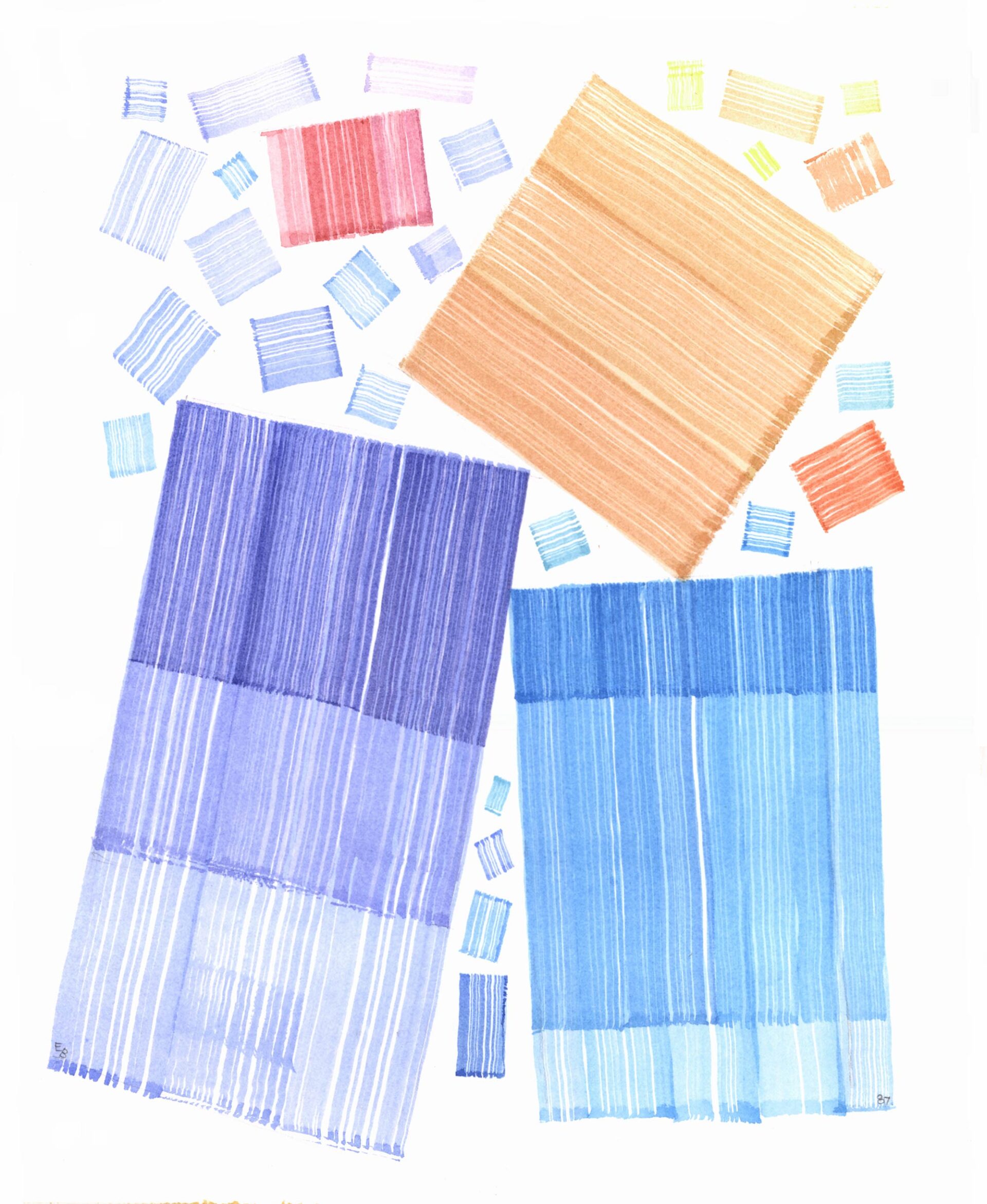
Eli Bornstein, Arctic Study No. 38, 1987
Watercolour on mat board, 41 x 33.9 cm
Collection of the artist
Arctic Study No. 38 is emblematic of an innovative body of watercolour paintings that emerged out of Bornstein’s two journeys to Ellesmere Island in the Canadian Arctic during the summers of 1986 and 1987, travelling in the company of the photographer Hans Dommasch (1926–2017), his colleague from the University of Saskatchewan. In these watercolours, Bornstein devised for flat painting an abstract transcription of his sensations of nature. These paintings ran parallel to the innovations that he was exploring in a new group of Structurist reliefs titled the Arctic Series, which also came out of those summer experiences.
To understand the painting’s formal vocabulary, we need a little backstory. During the preceding three decades, Bornstein had worked almost exclusively in relief, even when travelling. But the exigencies of working out of a tent on the tundra required him, alongside drawing, to take up watercolour again. It was a medium he had not practised for some thirty years since he painted The Island on the coast of Maine in 1956.
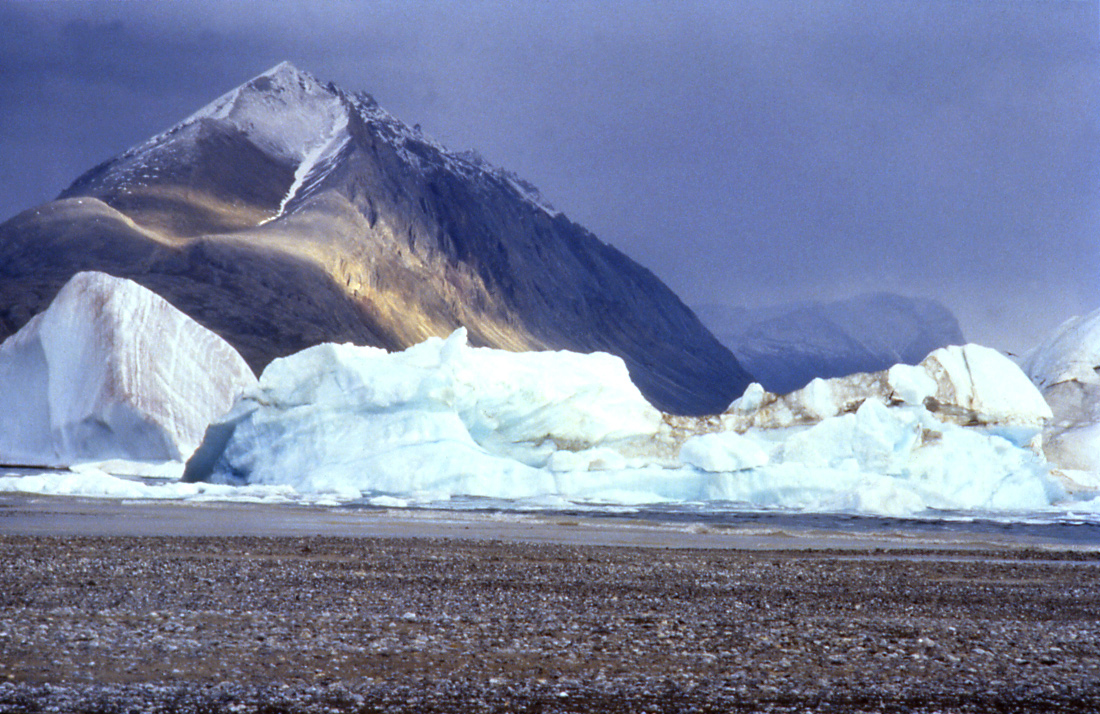
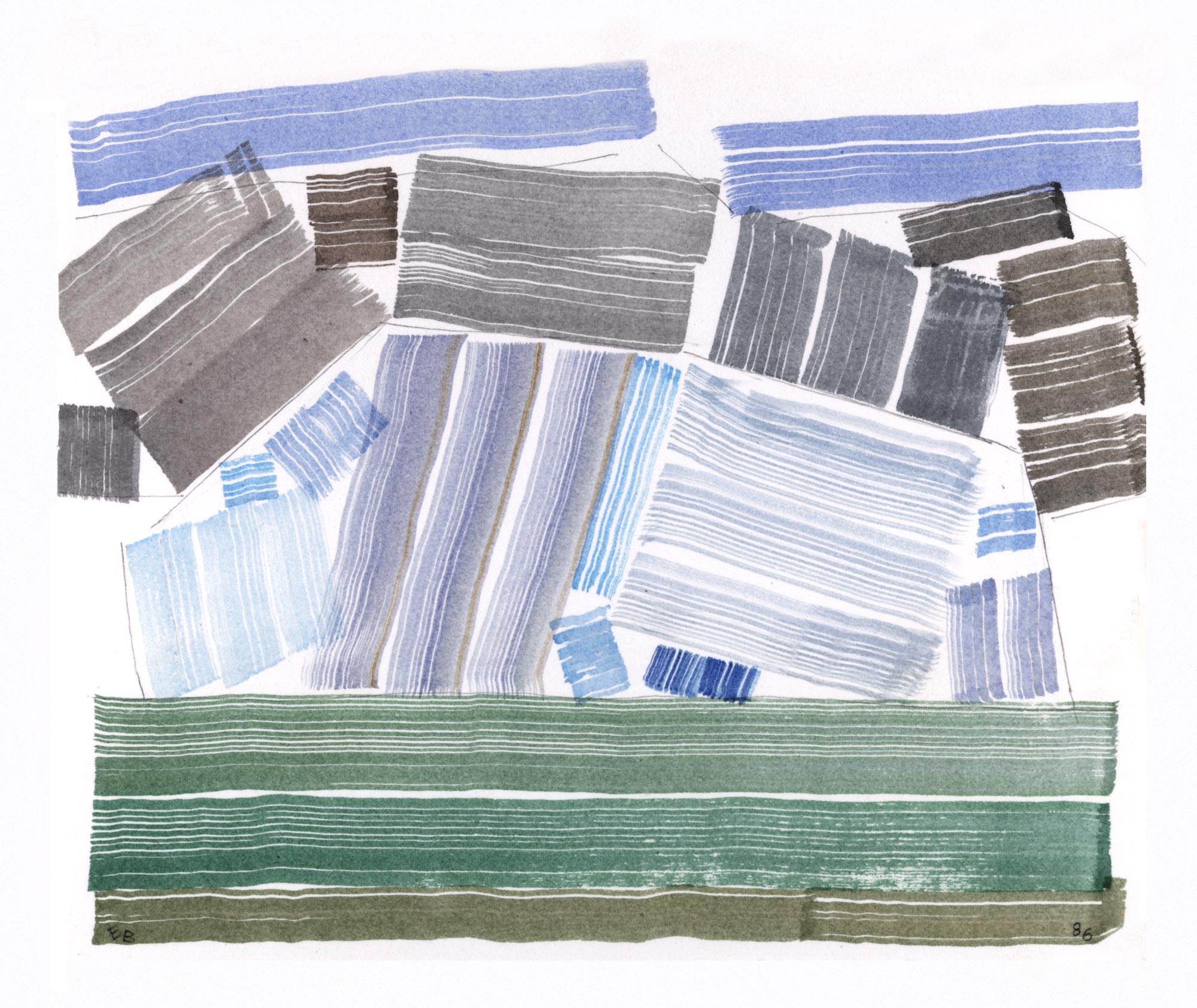
The challenge again was how to put the colours of the Arctic down “in a uniquely abstract way,” Bornstein writes in his journal, so as to evoke his sensory experiences of nature “without imitating [its] appearances.” In the watercolours from his first summer in the Arctic, he essentially picked up from where he had left off in Maine. His swatches of colour are similarly striated and loosely rectangular, quick and spontaneous when he looks to the ground, larger and elongated when they refer to bigger subjects like icebergs and vast skies, as in Arctic Study No. 12, 1986. In either case, however, Bornstein’s compositions still largely echo the general shapes of the landscape in front of him: the horizontal shoreline, the middle-ground icebergs, the darker mountains behind, and even clouds in the sky, much in the way that Dommasch’s photograph, Ellesmere Island—Otto Fjord, 1986, captured a similar scene.
However, with Arctic Study No. 38, Bornstein has moved into new territory, thoroughly learning to abstract his vision. The striated paint swatches are now planar, some flat, others folded, some chunky and solid. They are dispersed flat on the white paper, held in place by mutual attractions or repulsions and indifferent to gravity. Their colours are luminous, fresh, and immediate. Sometimes they dance with the lightness of snowflakes. Nature is evoked, not by representation or literal allusion, but by analogy, an abstract choreography of colour.

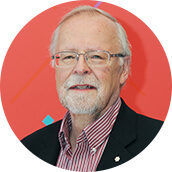 About the Author
About the Author
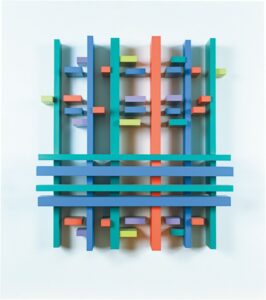 More Online Art Books
More Online Art Books
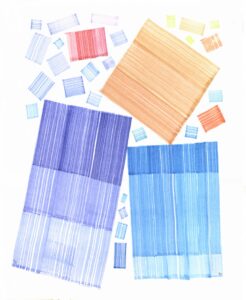 Acknowledgements
Acknowledgements